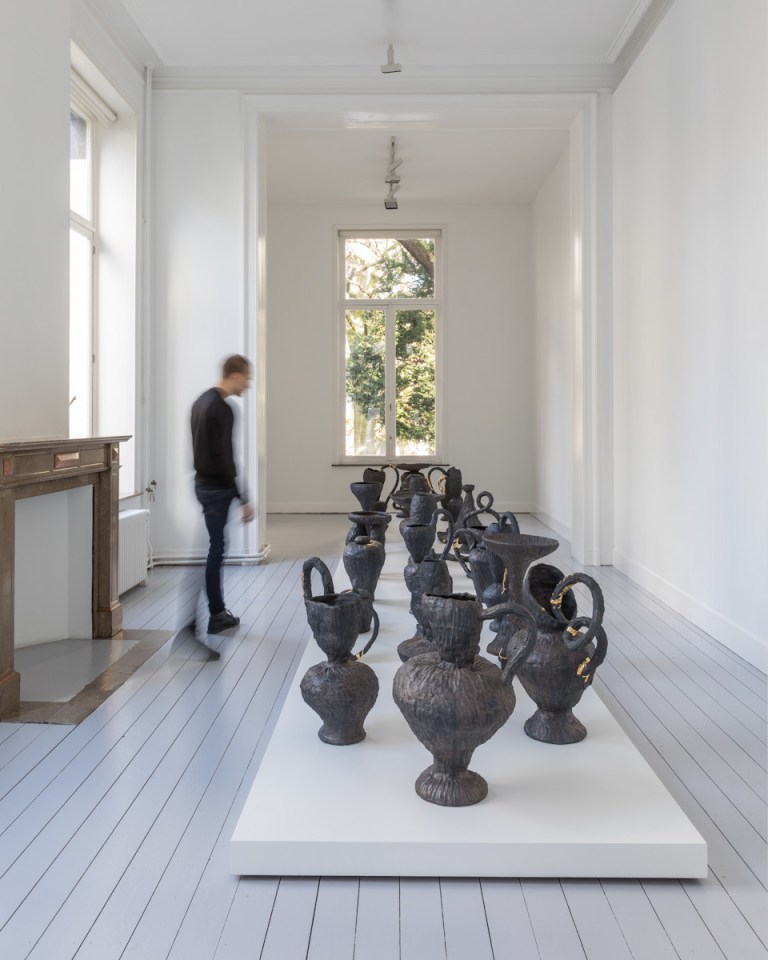Today we had a talk by Xavier Sole Mora. It was interesting to see how Xavier reaches his audiences making use of his advertising background to attract people to what he does. He also generously showed and explained his proposal brief for the Aspen Commission. This showed his approach to the competed for commission. This video of his talk that includes the Japanese footage has been blocked by Nippon Television Network Corporation for copyright reasons. I have commented on this below.
There are a number of things that I took away from the session in terms of the artist’s position when it comes to placing work ‘out there’. These are all very worldly things and perhaps only have importance when facing a critical audience or placing in the commercial sphere.
Precedence and originality
- Make sure you research what you do in terms of precedence to establish originality of idea or;
- show how your work extends preceding practices.
- Publish what you do constantly in some form to establish precedence in case you need to show that your work is original.
Commissions and who owns the work
- Establish in a contract who owns copyright. If this is pre-set as is the case in many competitive commission call outs, try to negotiate some kind of access and use of the work after handing it over on completion. Many companies commission work for tax reasons, as branding and or because they are a requirement of funding or planning permissions. Clarify who owns the work if the commissioning body is incorporated into another, bought out or closes down. Otherwise the work could well languish in obscurity, archived or even ‘skipped’.
- If such an agreement can be settled on, secondary rights could also be clarified which can have financial implications in the case of sale of work or organisation (see below).
Copyright, attribution and appropriation
If work, whether images, audio or any other form of intellectual property is appropriated, copyright issues might ensue, particularly in a commercial context.
This is a complicated part of the law and can differ from country to country which makes it particularly complex in terms of digital work which easily crosses jurisdictional boundaries in all kinds of ways. For example, if a digital work passes through a particular server, the jurisdiction in which that server resides could well apply. Since much of the world’s digital traffic passes through the USA in one way or another, it is likely that a digital work will fall under US jurisdiction. Proof either way can be complicated and expensive.
There is no problem if all work is sourced and or generated by the artist although there are obscure terms which can define copyright owned by software companies although this has not been tested in court to my knowledge.
Obsolescence
The aesthetics of digital mediums is very much governed by fashion and fast changing paradigms of taste, appreciation and acceptance and is also subject to what is possible at that time and subject to rapid change: digital work is very prone to look out of date. For this reason the content and message of the work has to be considered, whether it stands in its own right. It is all too easy for digital work to land in the area of entertainment. It is often hard to separate aesthetic and functional experimentation from art in the early pioneering stages of a technology. It is also difficult to know how such work will be seen in the future, work which will also be subject to technological changes.
Such technological changes will affect how current work is presented in the future and in many cases access may be seriously compromised due to the obsolescence and or disappearance of working hardware, software, technicians capable of renovating and or using them and importantly, money to finance the necessary processes. Some formats are more future proof than others such as PDFs which were designed to continue well into the future due to their coding simplicity and universal adaptability of the information contained.
Need for working in teams
It is clear that work is not always feasible for one artist alone. Film, public art, architecture are such examples. Often large teams are required to process the large quantities of material and large scale process. However, when an artist is compelled to project manage, fund raise, lobby and recruit they are taken away from the primal work of making.
Large scale projects have a significant impact on an artist’s practice and life. However, by involving large numbers of people in a project the work can reach much further in a shorter period of time than working alone. Leading a team, delegating and project managing can be a very powerful way of reaching audiences and influencing people. However, the direct contact for the artist with their material can be somewhat compromised and involving many people brings in relational politics which can become overwhelming. In addition the financial requirements for large scale works usually necessitates the involvement of a wealthy third party, whether a gallery, government, individual or organisation, to support the realisation of the project. Such involvement almost invariably places pressure on the artist to conform to external needs which may not be part of or contradictory to their own philosophy.
Summary
Some people are well suited to work this way, others are not. It is very much a case of navigating a way through the vicissitudes of working as an artist, and perhaps not being swayed by the powerful propaganda that resonates in the ether of the art world, often obscuring a different reality for the artist.















